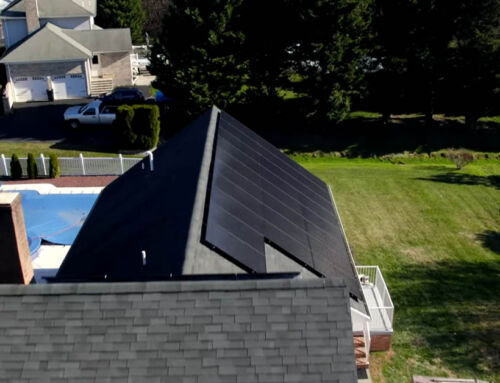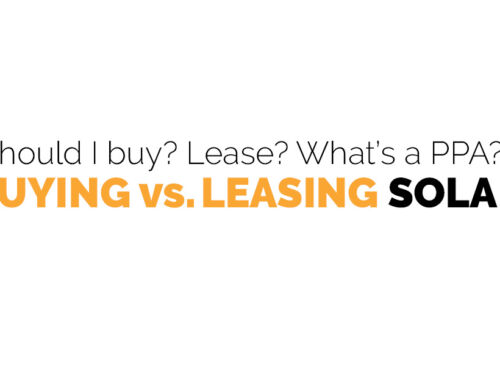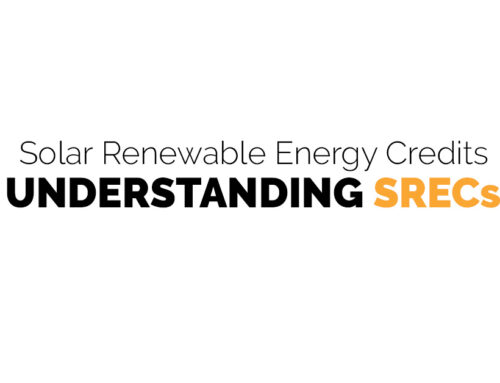Monocrystalline vs. Polycrystalline Solar Panels
There are options when it comes to solar panels, and there are many factors that can determine which type is best for your home. The most common solar cells today are monocrystalline, polycrystalline, and thin-film, with monocrystalline and polycrystalline making up most solar systems in the United States. Monocrystalline means the panel was made with a single silicon ingot, whereas polycrystalline solar panels contain many crystal silicon pieces. Thin-film solar panels are made by depositing one or more thin layers of photovoltaic material on a material such as glass or metal.
Key Differences Between Monocrystalline and Polycrystalline Solar Panels
Appearance
Solar panels are made in various countries with different materials that can influence their quality. Two types of solar cells can make up the panel. Panels can use monocrystalline solar cells or polycrystalline solar cells. The two solar cells are manufactured differently, inherently giving them different characteristics. The first difference is the appearance. Polycrystalline solar panels will have a blue appearance that can often be viewed as a “dated” look because the first solar panels on the market were blue and bulky. Most homeowners today want a solar array that accents their roof and provides minimal changes to the house’s overall appearance. Monocrystalline solar panels have become popular since they have a very dark blue or black appearance which has little effect on a home’s curb appeal. At American Sentry Solar, we use top-tier solar panels made from monocrystalline solar cells that maintain the home’s curb appeal while lowering the homeowner’s energy bills.
Efficiency
Aside from looks, monocrystalline and polycrystalline panels also differ in efficiency. Solar panel efficiency measures the percentage of solar energy hitting the panel successfully captured and converted into electricity. The most efficient solar system will use monocrystalline solar panels. Typically, monocrystalline panels will have an efficiency of 20% or more. The next panel, in terms of efficiency, is polycrystalline. These panels will have less efficiency than monocrystalline at 15-17%, but they are more efficient than thin-film solar panels. Thin-film solar panels are the least efficient of the group, with 10-13% efficiency. Over the course of a year, the efficiency delta between panels can be very significant.
Cost
Because monocrystalline panels have a more involved production process and higher efficiency, they will be more expensive. Monocrystalline panels are typically the most expensive option when considering a solar system. This is for a good reason, as these panels are more durable, aesthetically pleasing, and efficient. This means a higher ROI for you. Better efficiency also means fewer panels for the same energy generation.
Polycrystalline panels are not as expensive as monocrystalline but are more costly than thin-film solar panels. This means polycrystalline panels could be a viable option for someone on a budget with low home energy needs. However, a polycrystalline system may take longer to produce energy for SRECs and have a lower ROI over 25 years.
The cheapest solar panel is the thin-film solar panel. There is also a good reason they are so affordable. The manufacturing process for thin-film solar panels is fast and easy, making them very cost-effective for producing electricity in areas with geographic challenges. Furthermore, because of their cost, thin-film solar panels can be deployed in disaster relief areas. However, the panels themselves are not very efficient. Homeowners tend to steer clear of thin-film solar panels for residential use.
Conclusion
Choosing between monocrystalline and polycrystalline solar panels ultimately comes down to your specific needs and budget. Monocrystalline panels may be the best choice if you have limited space and want the highest efficiency possible. However, if you have a larger installation and want a more affordable option, polycrystalline panels may be the way to go.
Regardless of which type you choose, both monocrystalline and polycrystalline solar panels are excellent choices for generating clean, sustainable energy. And with the federal incentives for going solar, the time’s never been better to go solar.
Ready to get started? If you’re in Maryland, Delaware or Pennsylvania, schedule your free solar analysis!





